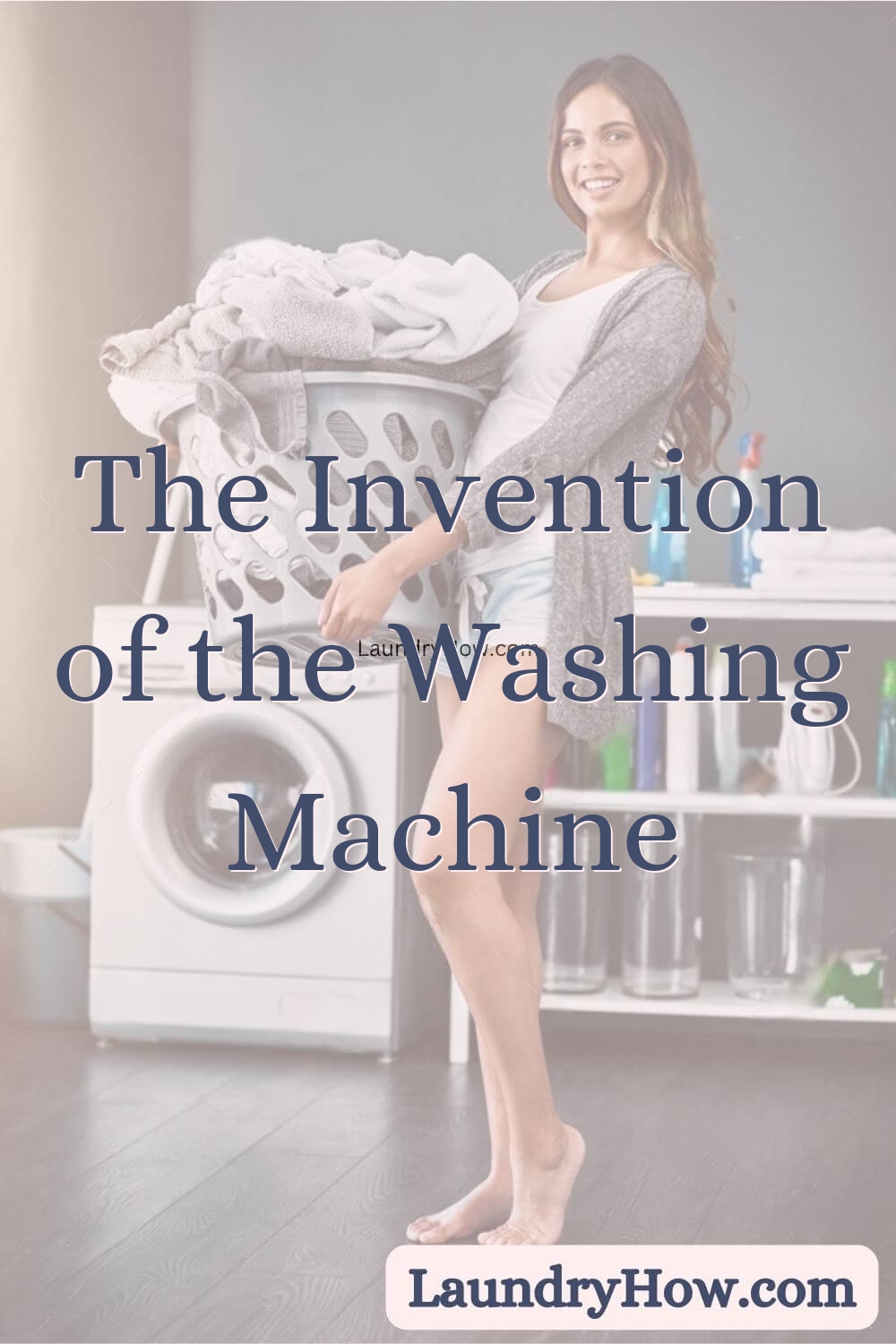The washing machine is one of those inventions that seems like it’s always been there, making clean clothes an easy part of our everyday lives. But of course it had to be invented at some point. So when and how did washing machines first come about? Who thought up this clever contraption that takes care of one of our dull chores? Let’s take a look at the history of the washing machine and how it developed over time.
Early Hand-Washing Methods
Before we had fancy washing machines that did all the hard work for us, people had to wash all their clothes by hand. This was very hard work as you can imagine! Clothes would be scrubbed on a washboard to try to get them clean, then squeezed and rinsed out.
This hand washing was very time consuming. It took hours of rubbing and wringing clothes over and over to try and get rid of all the dirt. Many people would collect all their laundry and set aside one long day each week just for washing clothes. And even after all that, clothes were often still dingy and gray.
The First Washing Machines
It’s not clear exactly who came up with the very first washing machine design. But as early as the 1700s, inventors started patenting contraptions to try and make washing easier.
One of the first innovations was a wooden drum that was turned by hand or with a crank to swish clothes around in water. This took away some of the manual labor of rubbing clothes against a washboard.
Soon small early washing machines appeared that still used hand power, but incorporated mechanisms like paddles or cylinders to automatically agitate clothes a bit more vigorously than people could do themselves. This created more cleaning action from the water.
Washing Machines Go Electric
The washing machines continued to be refined, but they were still powered by people cranking a handle or pulling on lever arms. Then, in the early 1900s, motors started being added so washing machines could run electrically, without needing human muscle power.
This made them much more convenient and easy to use. The electric machines could perform the washing tasks automatically while people went about their day. These early electric models still needed manual advancing from one process to the next, like wash to rinse cycles, but it was the start of the modern automatic washer.
Adding Features
Over many decades, more and more features got incorporated into washing machine designs:
- Spin cycles to extract water from clothes
- Multiple wash cycle options
- Automatic dispensers for laundry products
- Lint filters
- Safety lock functions
This innovation, redesign, and adding of features has resulted in today’s fully automatic washing machines that handle the entire laundry process for us at the touch of a button!
Widespread Use & Cultural Influence
With continued innovation and mass manufacturing capabilities developed throughout the 1900s, washing machines became more affordable and widespread in people’s homes. Whereas they were once only accessible to the wealthy, they became commonplace household appliances.
Having the washing machine to handle this domestic chore has freed up substantial time. The collective time savings from washing machines has had deep cultural effects, allowing women over the decades to join the workforce and pursue interests outside the home in much greater numbers.
So not only do we have neat and clean clothes in our dresser drawers thanks to the beloved washing machine, we also organize our households, communities, and economy differently because of its invention and the cascading impacts it’s had over decades. Pretty impressive for a seemingly simple appliance!
The Future of Laundry
While today’s washing machines seem quite sufficient with all their programmed cycles and settings, inventors and companies are still hoping to improve the device. Some areas they’re working on:
- Creating washing machines that are connected to WiFi and apps for monitoring them remotely
- Incorporating allergen-eliminating sanitizing cycles
- Using less water and detergent to operate
- Adding sensors so they diagnose their own technical issues
- Designing compact and portable units for small living spaces
Who knows what great innovations in cleanliness and convenience the washing machines of the future will bring!
The Takeaway
From early hand-powered wooden drums through electric rollers to present-day fully automatic laundry appliances, the journey of inventing the washing machine is long and winding. But it has ultimately revolutionized hygiene standards and domestic drudgery.
Not many of us pause to contemplate this ubiquitous household helper. But next time you’re throwing in a load of laundry, take a moment to appreciate the washing machine and the difference it makes! The cleanliness we experience today wouldn’t be possible without it.
References
Rance, Hugh. (1999). The Historical Development of Washing Machines. IEEE History of Electro-technology Conference.
Old Washing Machines. Historic UK. https://www.historic-uk.com/HistoryUK/HistoryofBritain/Old-Washing-Machines/
Michelson, Sarah. (2020). The Feminist History of the Washing Machine. JSTOR Daily. https://daily.jstor.org/the-feminist-history-of-the-washing-machine/

Laura has had an enthusiasm for laundry ever since she was a teenager experimenting with wash cycles. She went on study textile science in college before working in product testing.
Soon, Laura found friends and family constantly asking her laundry advice, realizing she had become an unofficial laundry guru. The questions kept coming in, so Laura decided to start sharing laundry tips online to help more people. The enthusiastic response led her start the blog “Laundry How”.
Now in her late thirties, Laura uses Laundry How to tackle all kinds of laundry topics – stains, fabric care, detergents, and more. She provides advice from both her studies and experience testing techniques out firsthand. Laura continues to grow an engaged community of laundry learners, feeling fulfilled empowering people to make laundry an easy, confidence-building ritual rather than a dreaded chore.
